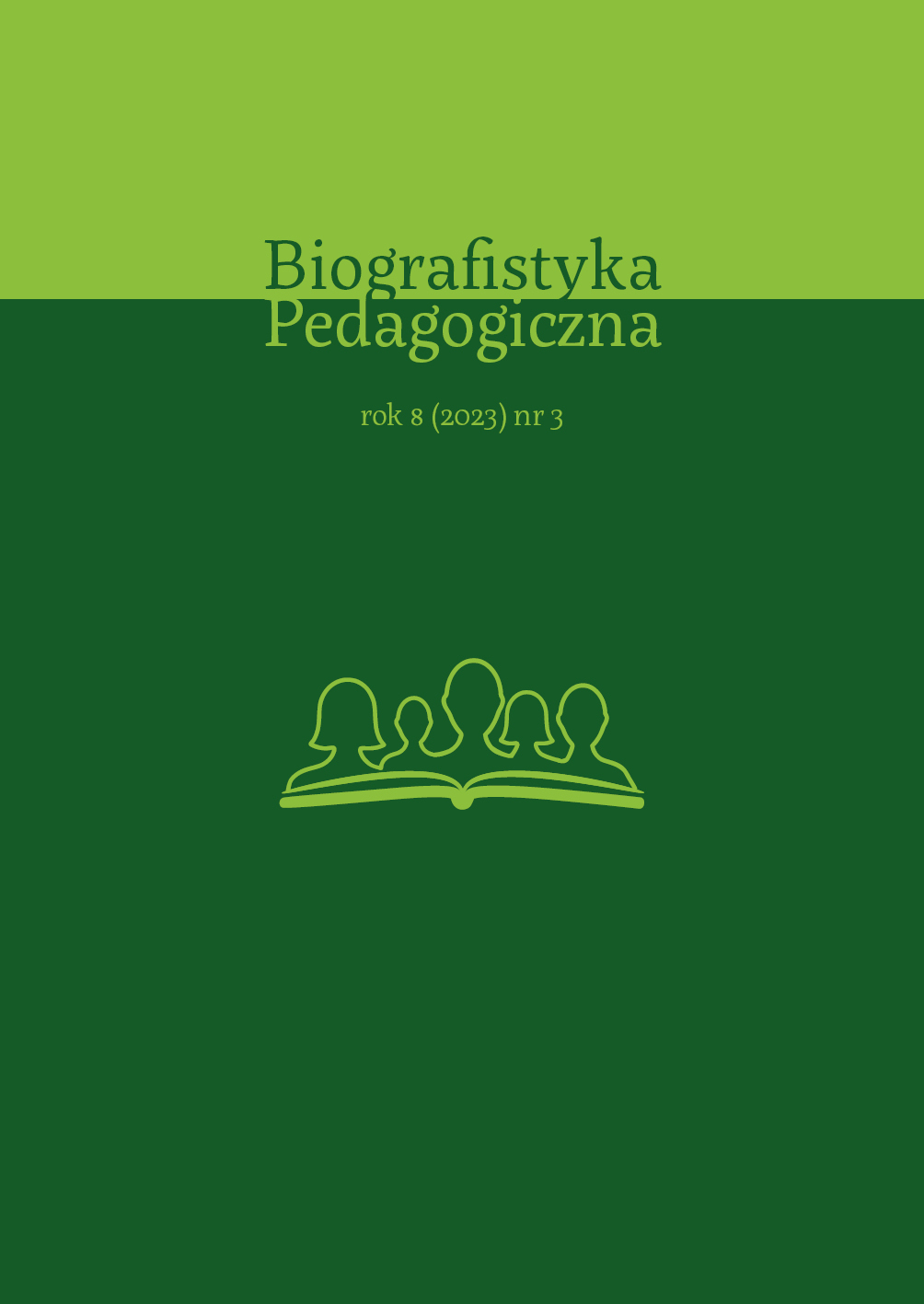Saint Cajetan of Thiene – the Patron of the Resurrectionists in the Context of the Congregation’s Charism
Saint Cajetan of Thiene – the Patron of the Resurrectionists in the Context of the Congregation’s Charism
Author(s): Piotr KondraciukSubject(s): History, Social Sciences, Sociology, Modern Age, 19th Century, Migration Studies
Published by: Akademia Zamojska
Keywords: Saint Cajetan of Thiene; The Ressurectionists; November Uprising; Great Polish Emigration; religious orders
Summary/Abstract: This article focuses on the fi gure of the order’s second patron, next to St. Joseph: St. Cajetan Thiene. The patronage of St. Cajetan was not accidental. It derived directly from the clerical character of the Congregation, originating from the reforms intended to renew religious life in the Church. The Congregation of the Clerics Regu-lar was founded on the wave of a movement initiated within the Roman Curia and the papal court, in the circle of the Oratorio Divino Amore in Rome, involving both lay people and clerics who, in the spirit of evangelical perfection, would gather to pray and engage in various forms of charitable activities. Among the founders of the Cler-ics Regular, only Cajetan of Thiene was raised to the altar honors. The cult of St. Cajetan also developed within the Order of the Trinitarians (Order of the Holy Trin-ity from the Redemption of Slaves), who adopted it from the Theatines and the Arme-nians of Lviv. Despite the patronage of St. Cajetan to the congregation of the Resurrec-tionists, his pictorial and sculptural images are scarce. Altar iconography is centered on the themes of the Resurrection, the Blessed Virgin Mary and St. Joseph. The exten-sive iconography of St. Cajetan, still not fully recognized due to confusion with other saints who are characterized by similar attributes, virtually disappeared in the 19th cen-tury. This is probably the reason why, despite the clear references to the saint’s char-ism in the writings of the founders of the Resurrectionists, as noted above, his images have not found their way onto the altars or into the iconographic programs of churches of worship. It is worth considering this aspect when designing new decorative elements or shaping the ideological programs of contemporary temples.
Journal: Biografistyka Pedagogiczna
- Issue Year: 8/2023
- Issue No: 3
- Page Range: 181-196
- Page Count: 16
- Language: English

